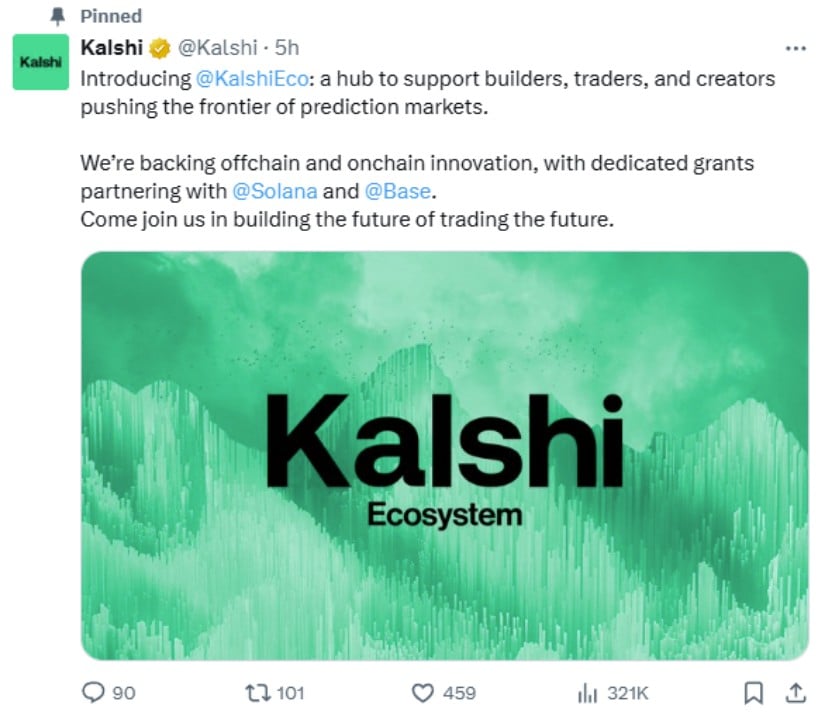Taiko has introduced its new public testnet, Hoodi, which now serves as the primary developer environment.
Summary
- The new testnet becomes the main environment as Hekla and Ethereum’s Holesky are deprecated.
- Hoodi adds preconfirmation support to improve transaction testing and simulate mainnet conditions.
- Developers must shift to Hoodi and withdraw assets from Hekla before Sept. 30 to avoid disruptions.
Taiko has rolled out a new public testnet called Hoodi, which went live on Sept. 25. The launch marks a major step in the project’s roadmap as it becomes the primary testing environment for developers working on Taiko’s Ethereum-based rollup.
At the same time, the long-serving Hekla testnet will sunset on Sept. 30, in line with the Ethereum Foundation’s decision to deprecate the Holesky testnet that Hekla was built upon.
Since its launch, Hekla played an important role in helping teams experiment with Ethereum (ETH) scaling through Taiko’s first based rollup, Alethia. Developers used it to refine products, test integrations, and ship applications ahead of Taiko’s mainnet deployment.
Now that Holesky has shut down, Taiko is moving its ecosystem to Hoodi to maintain continuity and provide stronger support for future expansion.
Key features of Hoodi testnet
The Hoodi testnet introduces preconfirmations, a feature designed to speed up transaction processing by offering early confirmations before full finality. This mechanism allows developers to test faster transaction flows and simulate mainnet conditions more closely.
Hoodi is also integrated with Ethereum’s validator and staking infrastructure, making it a reliable ground for testing real-world applications. Developers can access it using Taiko’s bridge and faucet tools, ensuring a smooth migration for teams building across the ecosystem.
It is expected that the underlying layer 1 testnet will continue to function until 2028, providing infrastructure providers and staking operators with long-term stability.
Taiko’s upcoming updates
Additional improvements are scheduled for Q4 2025 as part of Taiko’s ongoing roadmap development. Alongside the Shasta hard fork, the project is getting ready to launch the Gwyneth testnet, which will result in improved base fees, reduced transaction costs, and a complete transition to zero-knowledge proofs. Later this year, preconfirmations on the mainnet are also expected.
To prevent any disruptions, developers currently working on Hekla must complete the Hoodi migration by Sept. 30. This includes removing any testnet assets.
Source: https://crypto.news/taiko-layer-2-hoodi-testnet-hekla-nears-sunset-2025/

![Immutable [IMX] surges 17%, hits 8-month high: Is $1 in sight?](https://ambcrypto.com/wp-content/uploads/2025/09/Gladys-66.webp)

